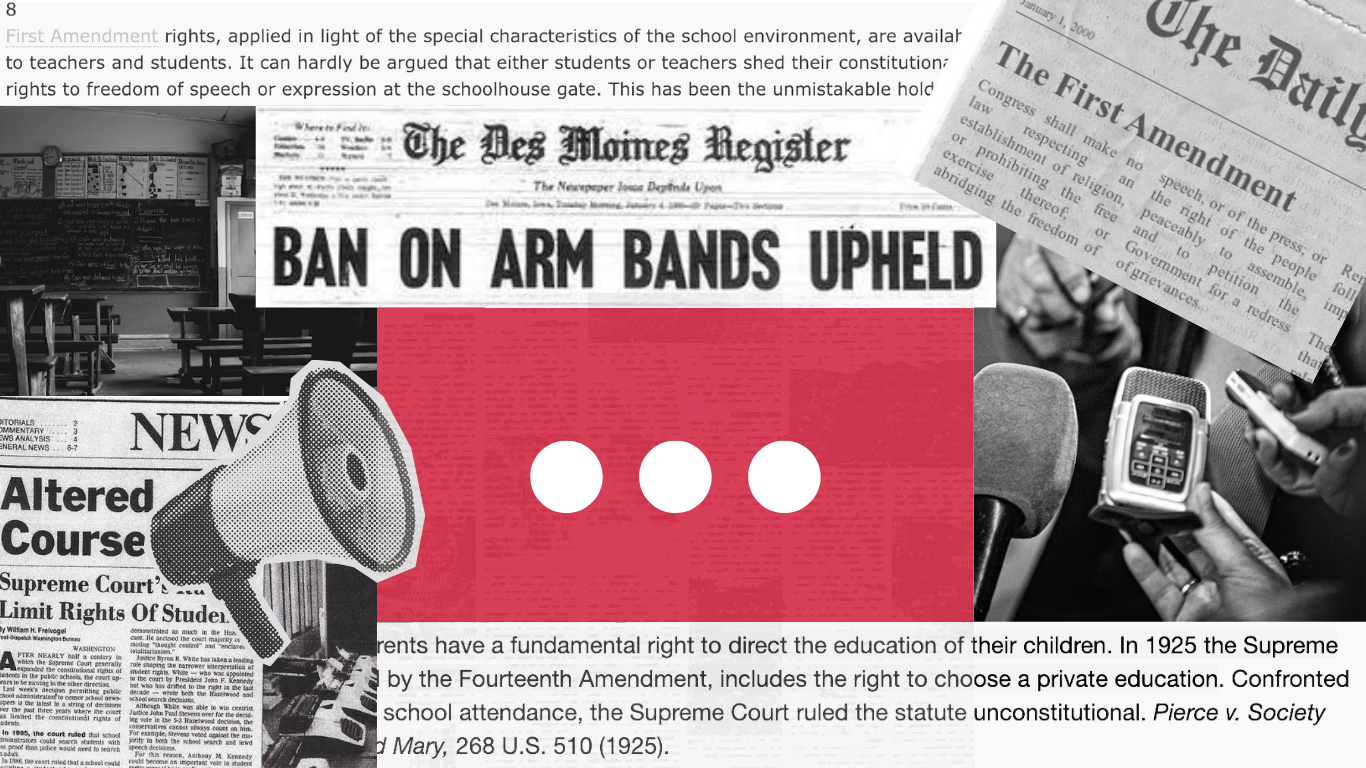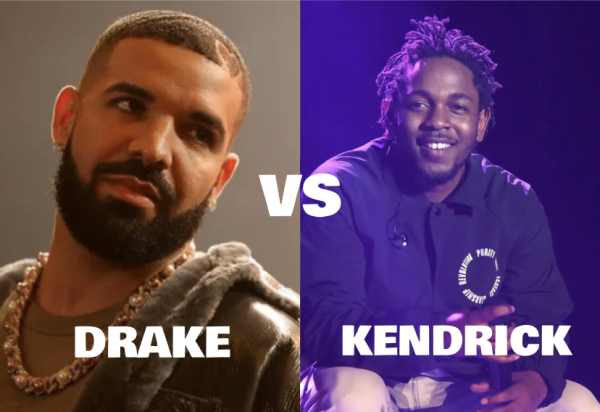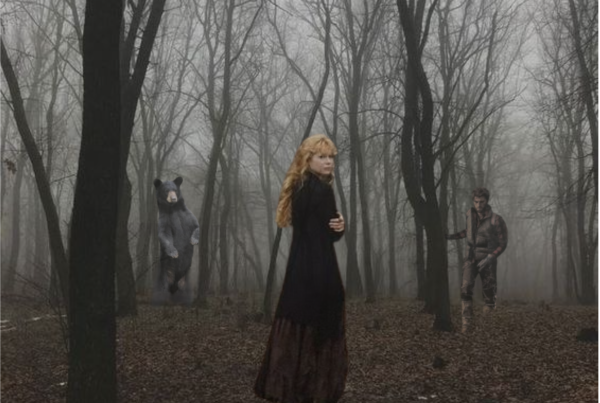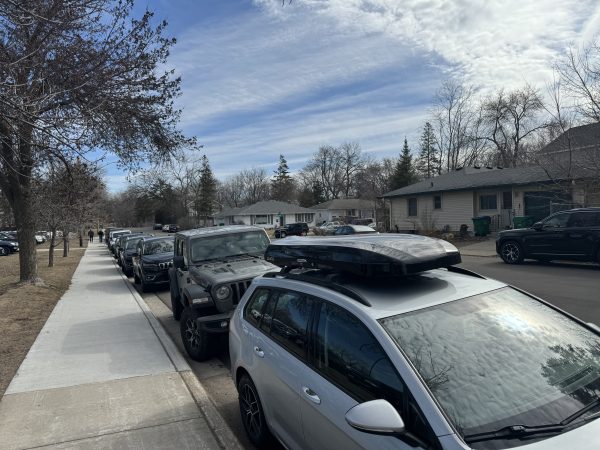Staff Ed: Positive representation of the LGBTQ+ must increase in the media, specifically children’s media
December 15, 2017
For the first time in the channel’s history, Disney Channel will have an openly gay main character on the show “Andi Mack.” While shows on children’s TV channels have had subtle LGBTQ+ references in the past, no children’s show has ever explicitly had a storyline that centers around a character struggling with sexuality or gender identity. While this historic moment is one that should be celebrated, it comes as a reminder that children’s media lacks diversity that could help not only LGBTQ+ youth, but also straight and cisgender youth as well.
Currently, our society stigmatizes the LGBTQ+ community, which contributes to high suicide rates among the community’s youth. By introducing positive, frequent LGBTQ+ representation in the media, specifically children’s media, kids will feel more accepted in society, will be less likely to be bullied by straight and cisgender kids, and parents will have a vehicle to teach their children about gender and sexuality.
While LGBTQ+ representation in the media has increased, children’s media lacks the necessary diversity to combat issues such as suicide and bullying of LGBTQ+ youth.
According to the U.S. Department of Health and Human Service, gay or bisexual youth are three times more likely to contemplate suicide and five times more likely to have attempted suicide compared to heterosexual youth. Sadly, these rates are even higher among transgender youth; according to the National Center for Transgender Equality, 40% of transgender adults have attempted suicide, with 92% of these attempts occurring before the age of 25. For many children struggling with their sexuality and/or gender identity, it’s hard to understand their own feelings and emotions. When they look to television for guidance, they consistently see straight and cisgender couples fall in love, but never get to see LGBTQ+ couples be happy. This lack of representation creates an “otherness” that makes those children feel like outcasts.
This “otherness” encourages straight and cisgender youth to bully kids whose gender identity and sexual orientation differ from the perceived norm. According to a GLSEN report, LGBTQ+ students miss five times more school compared to other students due to bullying. If society wants to minimize the amount of suicide attempts and the bullying rates of LGBTQ+ youth, we must work to erase the
stigmas surrounding the LGBTQ+ community, which can begin by adding representation within children’s media.
If LGBTQ+ representation was added to children’s media, it would help in a number of ways. First and foremost, it can help kids comprehend their emotions and teach them that it is okay to feel “different.” Also, by normalizing the LGBTQ+ community in children’s media, straight and cisgender kids would be less likely to treat LGBTQ+ peers differently, which could help make LGBTQ+ youth feel more accepted.
Not only would more LGBTQ+ characters in children’s shows help the youth, it can also be used as an education tool for parents. For most parents, having to explain things such as gender identity and sexuality to kids at such a young age would be difficult and confusing. By including characters and storylines dealing with gender identity and sexual orientation, parents could use TV or film to educate their kids on these topics in a way that does not require long explanations and complex definitions.
In order for children’s media to effectively include LGBTQ+ characters, the representation must be positive, avoiding the negative stereotypes that currently plague television. Although diversity has increased in television, many LGBTQ+ characters are often boxed in by negative and stereotypical tropes, especially female characters. According to the Huffington Post, in 2016, at least 25 LGBTQ+ characters were killed off shows, with the vast majority being either lesbian or bisexual female characters; in most of these instances, these deaths only served the purpose of advancing the storylines of a cisgender, male character.
If the media continues to perpetuate negative tropes about LGBTQ+ people, it will only do more harm to the community. In order for LGBTQ+ people to feel valued and accepted, there needs to be more positive outcomes for these characters. For someone struggling with their identity, if the only characters who represent their gender or sexual orientation are depressed or dead, it will only make them feel worse about themselves and their situation. In order to eradicate negative tropes about the LGBTQ+ community, there needs to be more emphasis on positive representation, especially in children’s media.
In the past decade, America has seen great strides towards being more accepting of the LGBTQ+ community. However, in order for society to continue in this positive direction, the media that both kids and adults absorb should be a reflection of the makeup of our diverse society.
























































